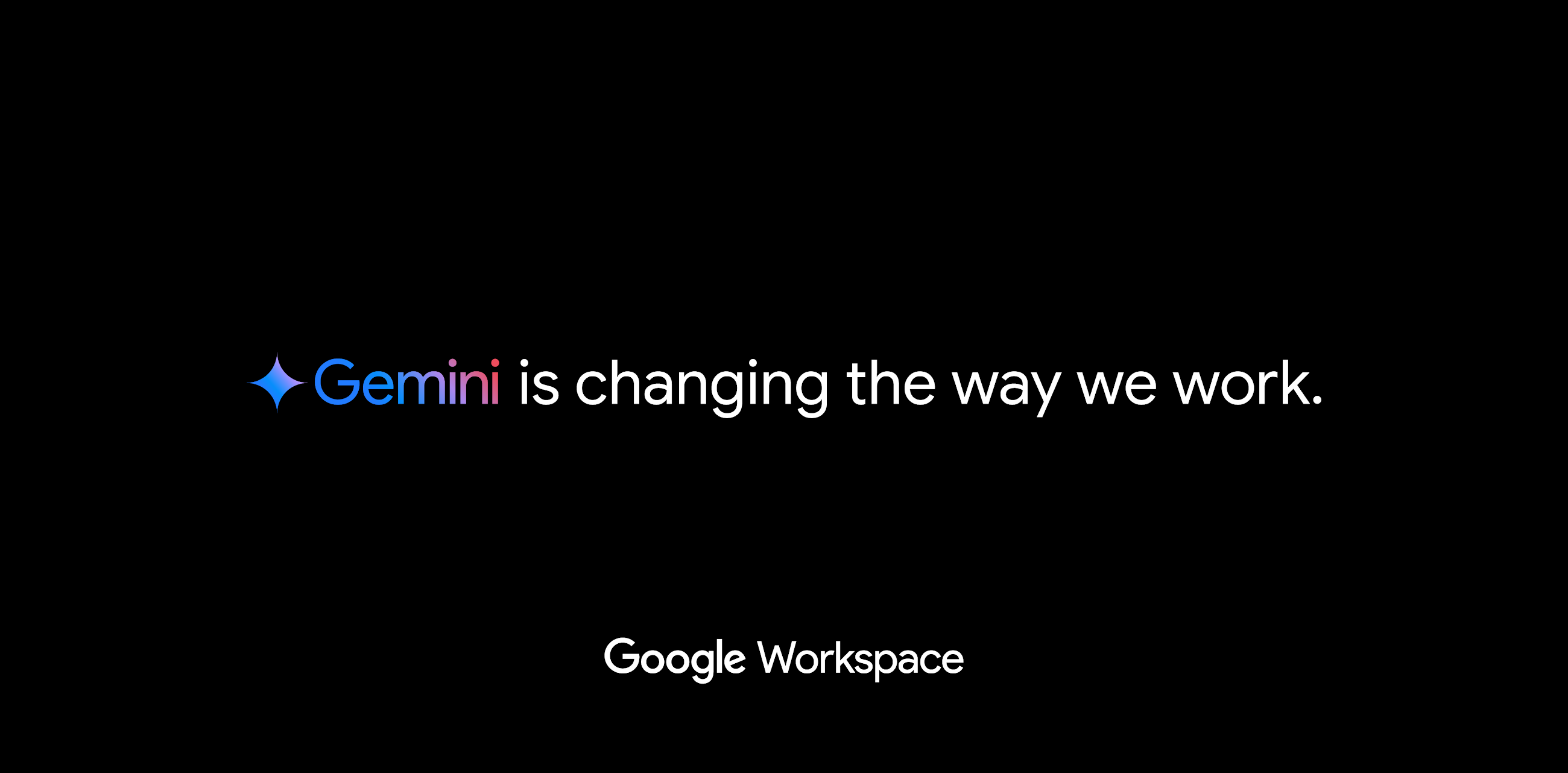Enterprise leaders have expressed their understanding that generative AI technology is transformative, but they often struggle with the daunting task of effectively and efficiently building custom generative apps. With the rapid evolution of generative AI and its countless potential applications, CEOs are left wondering where to even begin. While shipping a generative AI project quickly may provide short-term relief, it is important to consider long-term competencies and scalability. So, what are the ideal use cases that can generate value quickly while adapting to constant change? In this blog post, we will explore two effective approaches and provide best practices to help leaders identify the perfect starting points for generative AI projects.
Discovering Data Gaps
A successful strategy we have observed is to focus on addressing data gaps within a company. Let's take a moment to reflect on this excerpt from Google Cloud's latest ebook, "The Executive's Handbook to Generative AI":
Every day in your business, valuable time and energy are spent searching for information needed to make important decisions, serve customers, and drive your business forward. Gathering the necessary inputs can be a time-consuming process.
Imagine if you needed to understand how ad spend affects customer perceptions or analyze your competitor's patent filings, R&D investments, and technology acquisitions. This information is scattered across various places within your organization, requiring experts to gather, research, compile, and synthesize it. And if you have follow-up questions, the entire process may need to start again.
From executives exploring strategic trends to salespeople creating product demos and new employees seeking benefits information, everyone in your organization can relate to this frustration.
But what if every person in your company had a personal assistant who was an expert in every piece of relevant data for their role and potentially across the entire organization? With an assistant like that, moments of indecision would diminish, and everyone would have more time to focus on taking action.
As demonstrated in the quoted paragraphs, targeting information deficits and enhancing enterprise search capabilities can serve as a valuable entry point for generative AI. These applications can effectively respond to any query by synthesizing and summarizing information from various sources. This capability is particularly advantageous for organizations with proprietary data or information-heavy tasks that could benefit from increased efficiency.
Not only does this approach provide immediate value by connecting employees with the information they need, but it also creates an internal platform to develop expertise that can extend to customer-facing applications. Customers often face their own information deficits, whether it's selecting the right product or finding answers to specific questions.
Determining which data sources should augment a model's training data or how technologies like embeddings and connectors should be deployed may be new challenges for many enterprises. By cultivating answers within a valuable internal use case like generative enterprise search, organizations can build confidence, establish processes, and develop expertise for broader and more impactful projects.
Eliminate the burden
In many instances, the accumulation of vital information not only leads to delayed decision-making and action but also contributes to a sense of drudgery. Spending hours poring over keyword searches or manually parsing through documents often results in a lack of fulfillment, compared to the satisfaction of actually utilizing the gathered information.
Moreover, the feeling of a burden is not limited to the process of finding information alone. Even the creation of fresh content, such as blogs or marketing messages, can quickly become a tedious task when faced with writer's block. This is where generative AI proves invaluable. Out-of-the-box, many generative AI models serve as exceptional collaborative brainstorming partners for creative work. With fine-tuning, they can even ensure that projects maintain brand tone and style guidelines.
Likewise, when employees are constantly transferring information from one format to another, as seen in repetitive document processing, the task tends to inspire tedium rather than joy. Generative AI has the power to change this dynamic by automating the most monotonous and labor-intensive tasks, freeing up employees to focus on more fulfilling work.
Customers also experience their fair share of drudgery, such as repeatedly providing information when transferred from one customer service representative to another over the phone. Generative AI can alleviate this frustration by improving self-service options and equipping human agents with interaction summaries and contextual details when customers are routed to them.
Similar to information deficits, drudgery creates friction for both employees and customers, making it an ideal area to target in the early stages of generative AI implementation.
To begin with, it is crucial to focus on a particular individual and their assigned responsibility, regardless of the use case.
To navigate the vast landscape of possible AI use cases, it's essential to bring some organization to the potential chaos. While we've explored various scenarios like marketing, customer service, document processing, and internal knowledge management in this article, it can still be overwhelming. So, how do we narrow it down further?
The answer lies in considering the specifics of each enterprise. If an organization has numerous data sources, focusing on enterprise search becomes an obvious choice. On the other hand, if a company's call center is struggling to keep up, developing customer service apps or tools to assist human agents might be a more pressing priority.
However, regardless of individual contexts, leaders should concentrate on a specific persona and task. Although generative AI holds the potential to revolutionize numerous areas, it's best to start with a confined, scalable project that delivers clear value. The goal is to establish best practices and processes that can be scaled and applied to increasingly valuable and sophisticated projects, rather than attempting an overnight transformation.
For a more in-depth exploration, make sure to check out "The executive's guide to generative AI". Additionally, if you're interested in seeing a real-life example of an innovative generative AI project in action, have a chat with our team.
















 Twitter
Twitter Youtube
Youtube

